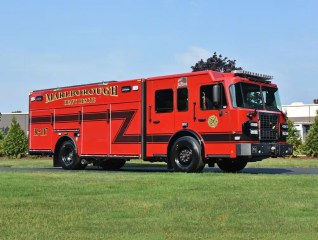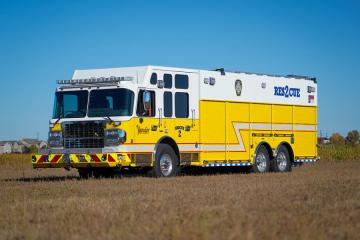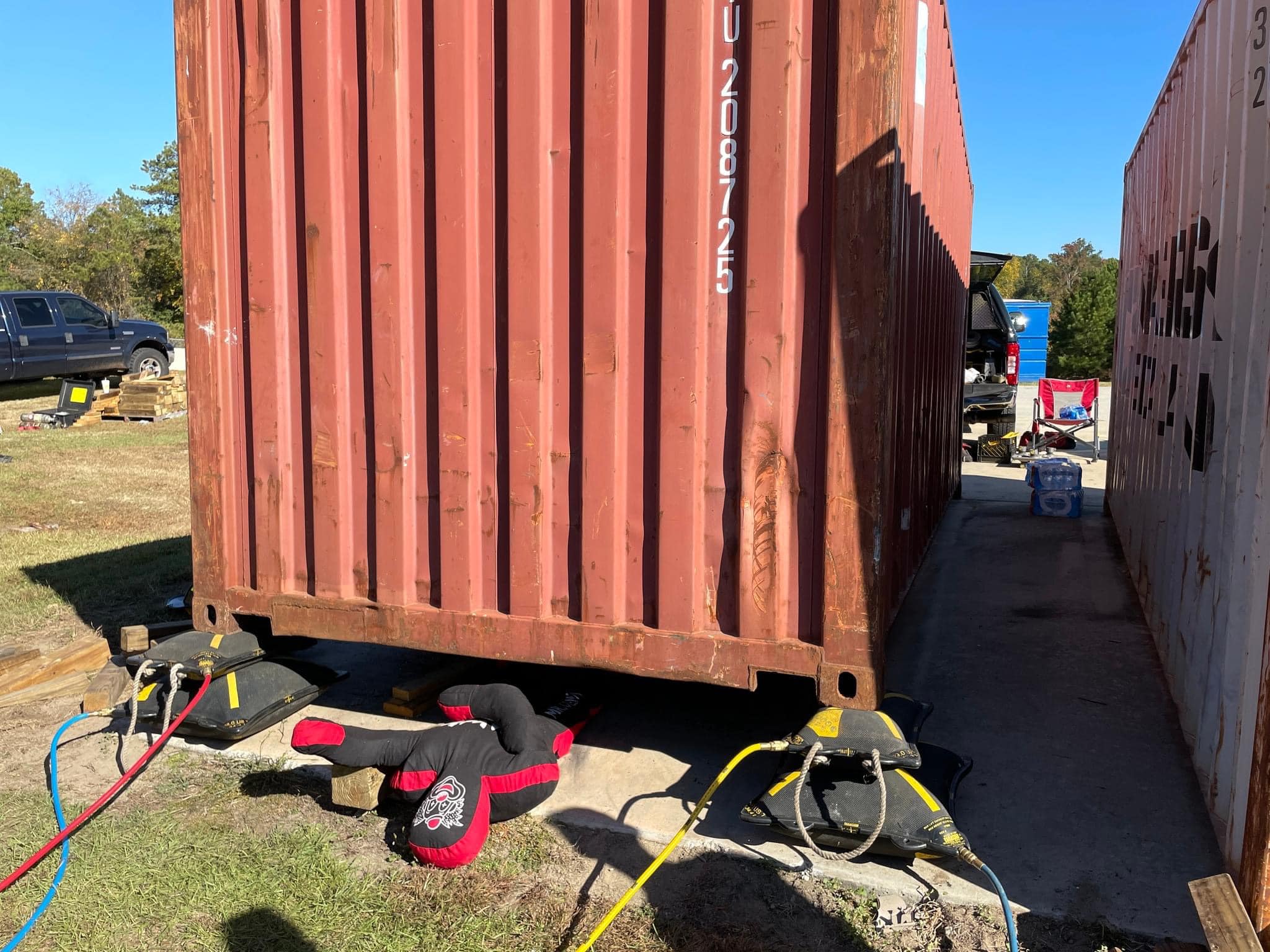Cold Weather Safety Refresher
Winter is in full force across many parts of the world. The east coast of the United States is currently feeling the wrath of a Bomb Cyclone. With the call for emergency responders in those areas most likely increasing during the storm, it is never a bad time to review cold weather safety tips.
Environmental cold can affect any worker exposed to cold air temperatures and puts workers at risk of cold stress. As wind speed increases, it causes the cold air temperature to feel even colder, increasing the risk of cold stress to exposed workers, especially those working outdoors. In regions that are not used to winter weather, near freezing temperatures are considered factors for “cold stress.”
Types of Cold Stress
Immersion/Trench Foot
Trench foot is a non-freezing injury of the feet caused by prolonged exposure to wet and cold conditions. It can occur in temperatures as high as 60°F if feet are constantly wet. Injury occurs because wet feet lose heat 25-times faster than dry feet.
What are they symptoms of trench foot?
Reddening skin, tingling, pain, swelling, leg cramps, numbness, and blisters.
Frostbite
Frostbite is caused by the freezing of the skin and tissues. Frostbite can cause permanent damage to the body, and in severe cases can lead to amputation. The risk of frostbite is increased in people with reduced blood circulation and among people who are not dressed properly for extremely cold temperatures.
What are the symptoms of frostbite?
Reddened skin develops gray/white patches in the fingers, toes, nose, or ear lobes; tingling, aching, a loss of feeling, firm/hard, and blisters may occur in the affected areas.
Hypothermia
Hypothermia occurs when the normal body temperature (98.6°F) drops to less than 95°F. Exposure to cold temperatures causes the body to lose heat faster than it can be produced. Prolonged exposure to cold will eventually use up the body’s stored energy. The result is hypothermia, or abnormally low body temperature. Hypothermia is most likely at very cold temperatures, but it can occur even at cool temperatures (above 40°F) if a person becomes chilled from rain, sweat, or immersion in cold water.
What are the symptoms of hypothermia?
An important mild symptom of hypothermia is uncontrollable shivering, which should not be ignored. Although shivering indicates that the body is losing heat, it also helps the body to rewarm itself. Moderate to severe symptoms of hypothermia are loss of coordination, confusion, slurred speech, heart rate/breathing slow, unconsciousness and possibly death. Body temperature that is too low affects the brain, making the victim unable to think clearly or move well. This makes hypothermia particularly dangerous because a person may not know what is happening and won’t be able to do anything about it.
Information for this post was taken from the OSHA.gov website. Complete list of links below:
- Cold Stress . (OSHA)
- NIOSH Fast Facts: Protecting Yourself from Cold Stress. National Institute for Occupational Health (NIOSH)
- OSHA’s Cold Stress Card
Cold Weather Research
In case you are wondering if anyone is researching the human performance of firefighters in cold weather environments. The answer would be yes. Some of the PhD student’s at the University of Ontario Institute of Technology (UOIT) are researching what we go thru. You can find more here.
Cold Weather Rehab
Rehab is an important part of any fire service operation. However, the cold weather makes rehab extremely important to protect firefighters and get them back in service as quickly as possible. The International Association of Fire Fighters has a great Rehab Presentation that you can download.
Techniques
Heavy Stabilization & Lift Class
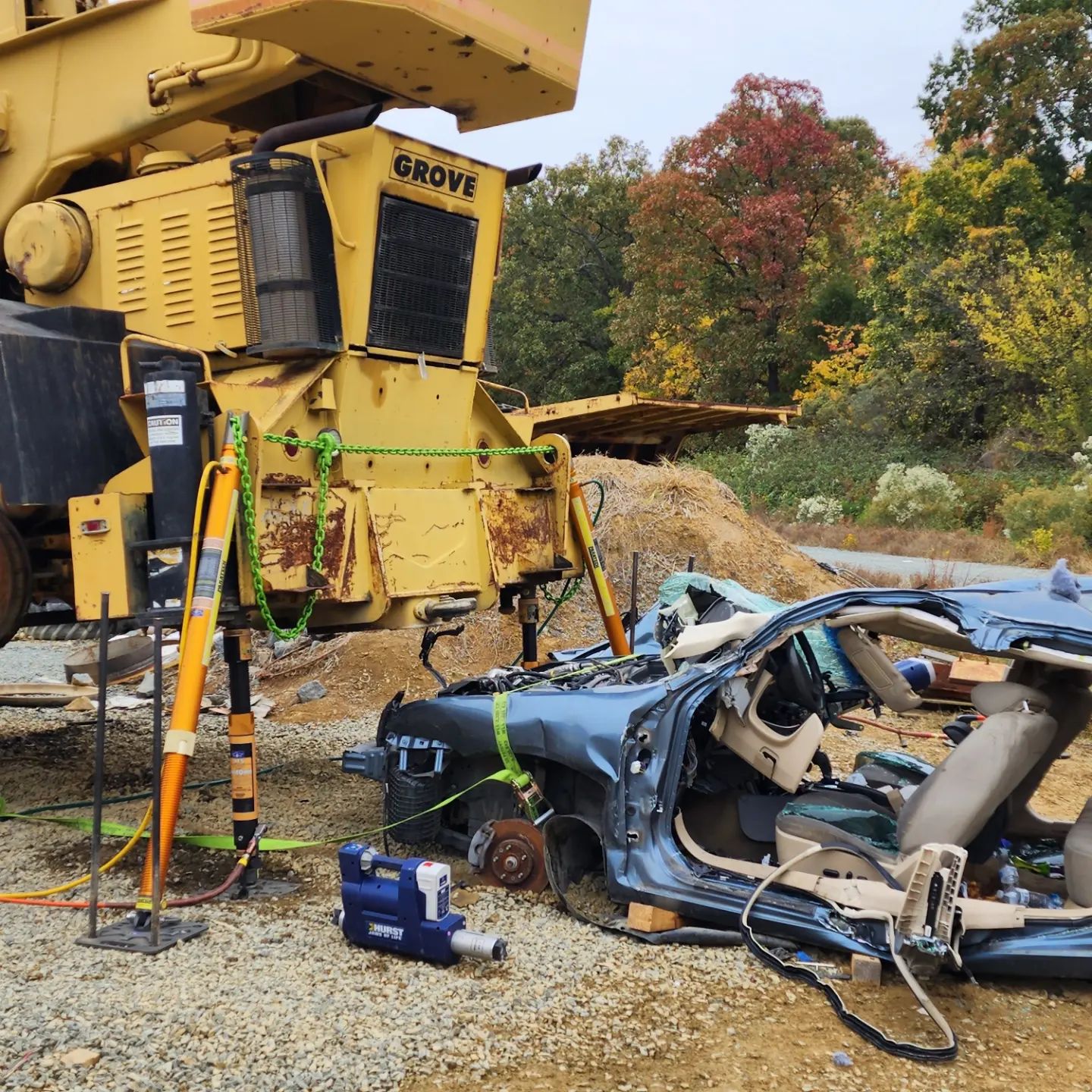
Heavy Stabilization & Lift Class
This weekend, Toranze Lee and Premier Extrication held their Heavy Stabilization and Lifting class taught. The class focused on advanced techniques using the Paratech equipment, eDraulic tools, grip hoists, vehicle stabilization methods, airbags for lifting, power tools, and the use of heavy wreckers for extrication.
Some of the departments that attended:
Techniques
North Carolina Extrication School
Training
Car into an apartment building
In Mississauga, Canada, a vehicle crashed into a large residential building and the damage could have impacted up to 4 stories. Mississauga Fire and Emergency Services stated the vehicle hit the window on the building’s second floor. The driver was extricated and transported to the hospital.
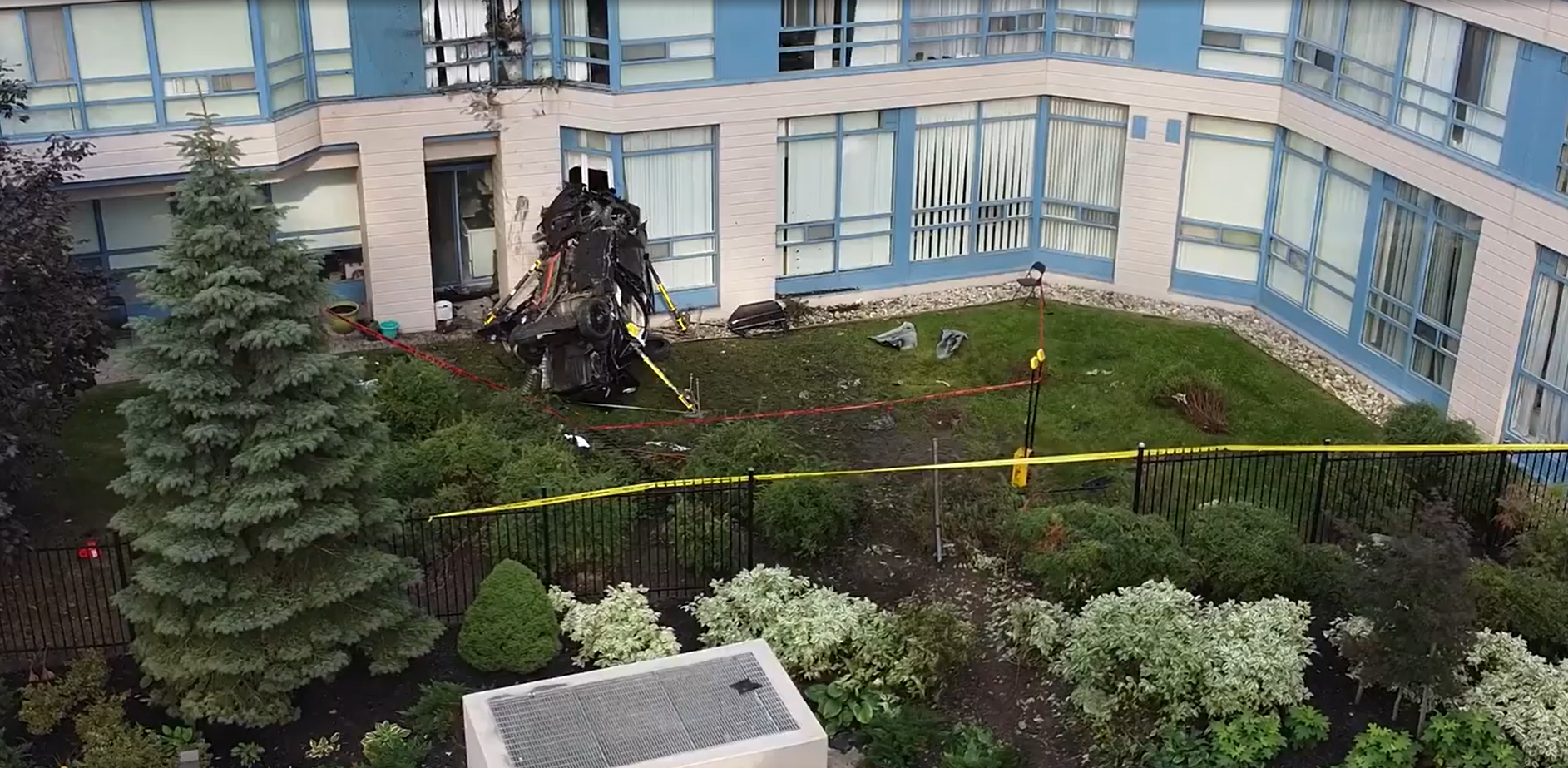
Car into an apartment building
In Mississauga, Canada, a vehicle crashed into a large residential building and the damage could have impacted up to 4 stories. Mississauga Fire and Emergency Services stated the vehicle hit the window on the building’s second floor. The driver was extricated and transported to the hospital.

